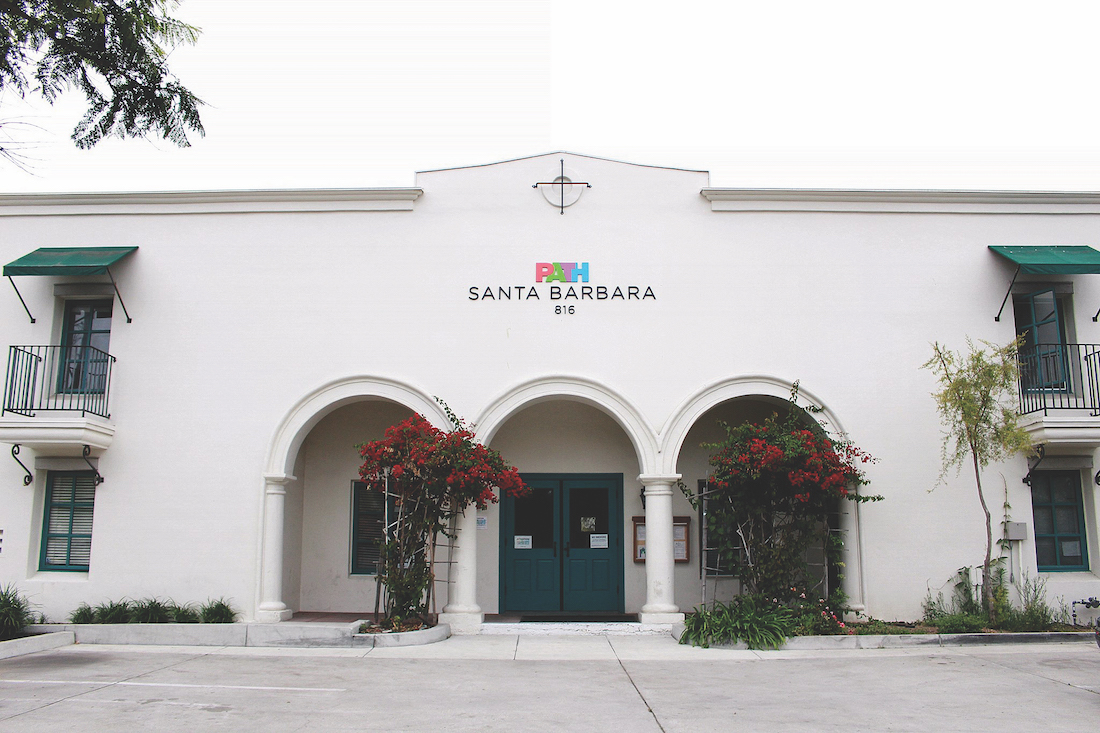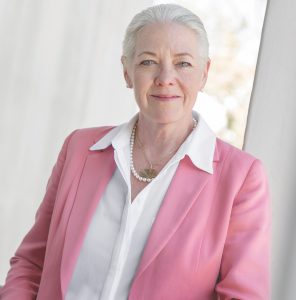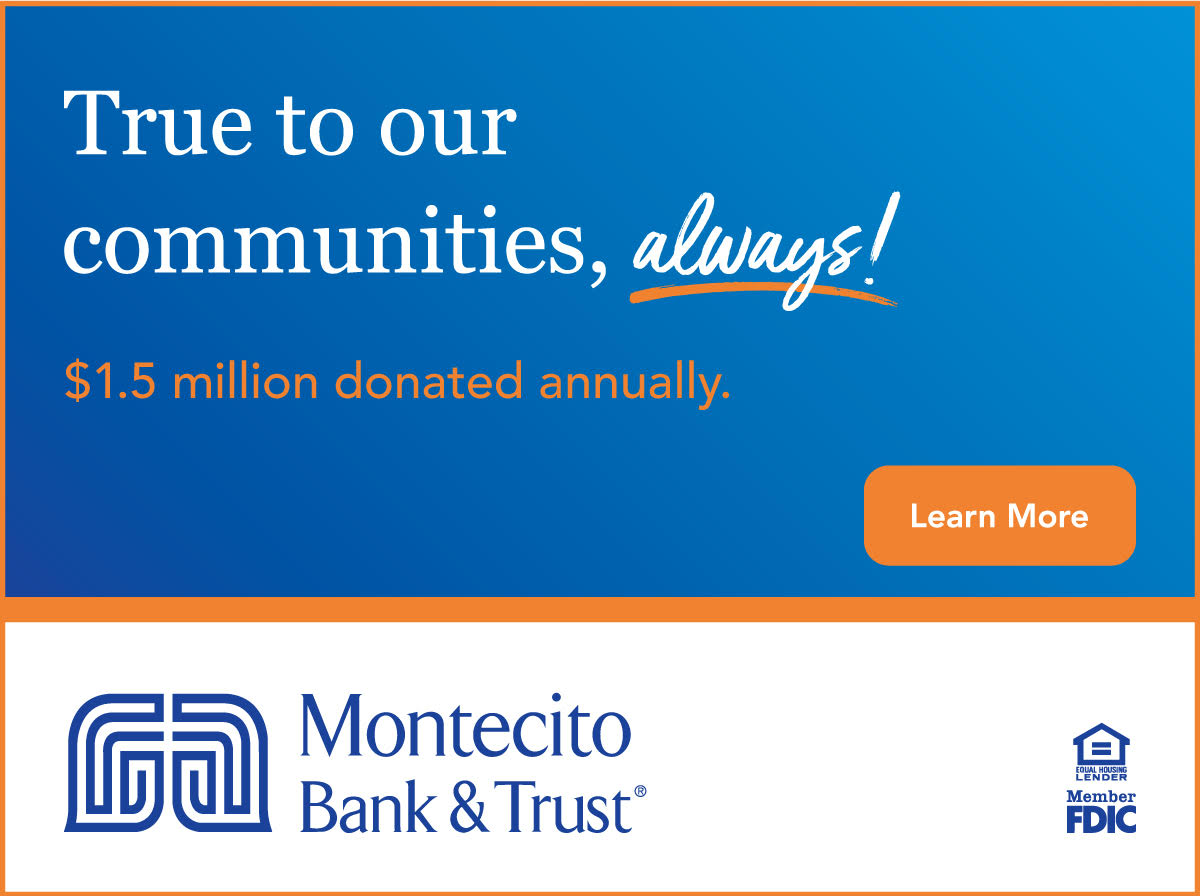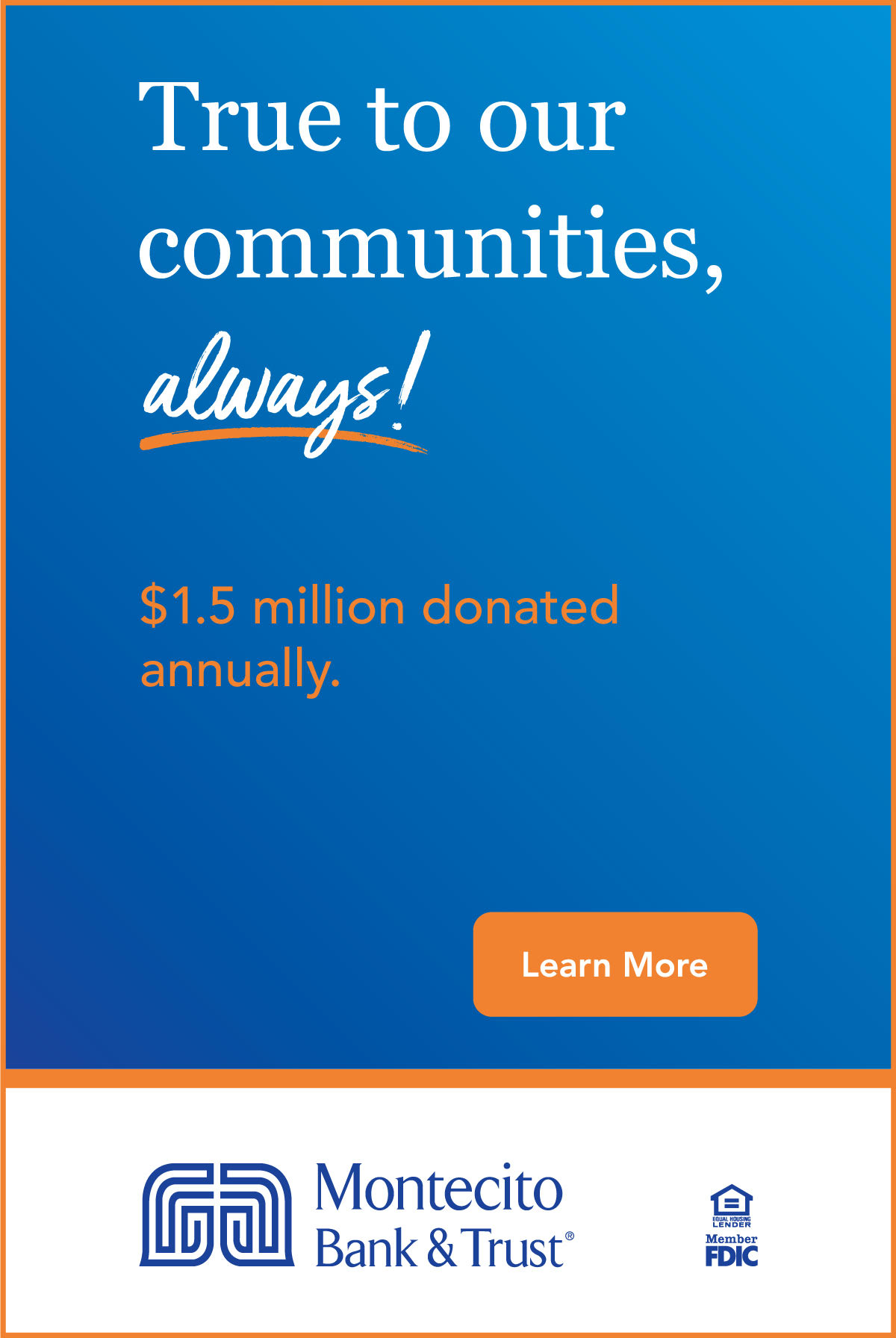Ending the Crisis of Our Time

When your mission is to end homelessness in California, watching the number of unsheltered people continue to climb across the state can be daunting.
In Santa Barbara alone, nearly 2,000 people live without shelter, as evidenced by the number of encampments cropping up along railroad paths, roadsides, and waterfronts throughout the county. When she took over as CEO of PATH (People Assisting the Homeless) at the beginning of 2022, Jennifer Hark Dietz was conscious that to truly end homelessness, you also have to work to prevent it.

“At PATH, I feel we are capable of doing both,” Dietz says. “We can help an individual who is on the street find shelter and at the same time, we can focus on changing the system to prevent homelessness from happening at all.”
In 2021, PATH co-sponsored a state bill that would have provided funding for individuals who were incarcerated for minor offenses to get connected to a housing resource upon their release. The legislation was inspired by data from PATH’s advocacy arm. Their data showed that recidivism decreases significantly when a release from prison is linked to a housing resource and case manager. The bill didn’t pass, but PATH will not give up on pushing it again.
“I’m most proud of PATH using our data to really inform our advocacy,” Dietz says. “That is what will change the system.”
Alongside its tireless policy advocacy, PATH continues to do what it does best: help people find permanent homes and support them with medical and mental healthcare and employment training support to ensure they remain stable.
Across California, PATH serves more than 25,000 vulnerable individuals each year. In Santa Barbara, PATH serves half of the county’s homeless population, and they permanently housed 65 people in the last year. Attracting resources to Santa Barbara’s homelessness crisis is a top priority for the organization.
“In Santa Barbara, we recognize that the chronicity of the individuals we serve is very high, so the needs of our participants are also very high,” Dietz says.
PATH
Donate now!
pathsantabarbara.org
(805) 455-2331
PATH Santa Barbara Regional Director: Elizabeth (Liz) Adams
Mission
Our mission is to end homelessness for individuals, families, and communities. PATH envisions a world where every person has a home. Our values include creative collaborations, strategic leadership, empowerment for all, and passionate commitment.
Begin to Build a Relationship
We know you care about where your money goes and how it is used. Connect with this organization’s leadership in order to begin to build this important relationship. Your email will be sent directly to this organization’s Director of Development and/or Executive Director.
Homelessness affects the entire community, and by working together, we can foster a proactive and compassionate environment where everyone has the opportunity to thrive and a place to call home. Supporting PATH means contributing to both immediate relief for those experiencing homelessness and long-term solutions that address its root causes.
Building a New Food Facility
Although PATH counts some 300 monthly kitchen and food sorting volunteers, the work takes place mostly on plastic folding tables and makeshift equipment in a space that’s not dedicated to the process.
The nonprofit seeks $375,000 to build the brand new PATH Santa Barbara Food Resource Center, a dedicated food storage and distribution space as an addition to the existing PATH facility. The center would allow the nonprofit to more efficiently receive, sort, process, and provide food to the hundreds of participants it serves across its programs as well as redistribute a big percentage back out to the community.
“With that facility we could really ramp up our food rescue program and be able to better support so many more people in our community, and save a lot more food from being wasted,” says Liz Adams, PATH Santa Barbara’s regional director.
For someone to stay in the interim housing program for a full year, receiving three meals per day, hygiene supplies, case management, and a 24/7 home, it costs approximately $30,000 per person. With governmental budget cuts looming, private donations will have to make up the difference as costs rise with inflation. “We’re rallying that community support,” Adams says. “It really does take the whole village to do this work.”
Key Supporters
Sue Adams
Mark Asman
Denny & Bitsy Bacon
The Balay Ko Foundation
Nancy Fiore
Ron & Carole Fox
Goleta Presbyterian Church
Geoff Green
Daniel Lane
Don & Kelley Johnson
La Centra-Summerlin Foundation
Brian McTeague
Juliana Minsky
Glen Mowrer & Bernice James
Sheridan Taphorn
The Towbes Foundation
The Vollmer Family Foundation
Dylan Ward
Devon Wardlow
Wolfe Lyons Family


